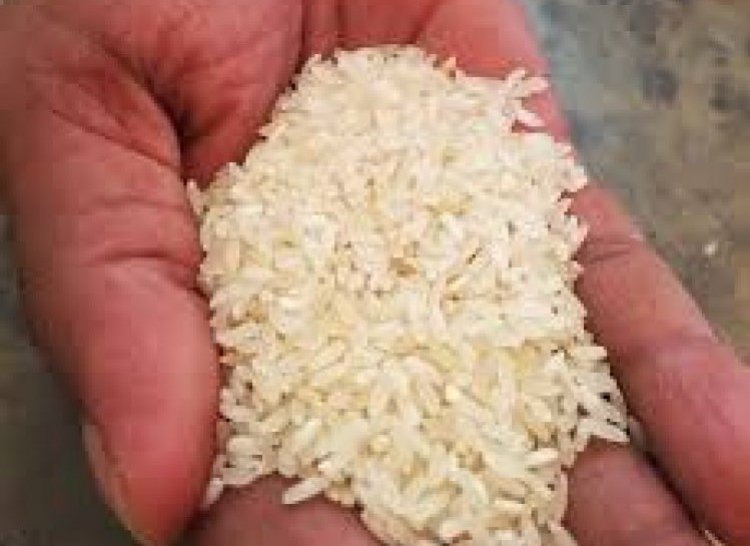Kalanamak rice marches forward with GI tag and nutritional properties
Retail advertisements of Kalanamak are based on its association with religious beliefs and practices of Buddhism and its ancient consumption as a food item by Buddhist monks. The belief promoted by corporates is that longevity of life can be achieved by including Kalanamak in one’s regular diet.

Kalanamak scented rice has gained traction in the cereal market as a preferred type of rice variety and edible grain that is organic and mineral-rich with a special aroma when prepared for home-cooking or cookery conceived as an aesthetic pursuit. The name “Kalanamak” comes from the black-coloured husk of this rice variety. Apart from being used as a special table-rice, Kalanamak is also used for making pulav, biryani, ghee-rice, pongal, kanji, idli, dosa and payasam.
Bulk-buying corporates are retailing Kalanamak to the public under direct sale via e-commerce and over the counter (OTC). Vacuum-packed Kalanamak scented rice that weighs anywhere between 1-5 kg is being sold to the public at Rs 300-400 per kg.
Kalanamak is marketed as a nutritious food with essential vitamins, minerals and oils on the foundation of being a principal source for carbohydrates and proteins in the diet, when measuring calories. Marketing has linked Kalanamak to the Buddhist tradition of consuming plant-based foods for the intake of carbohydrates and proteins in a vegan diet instead of relying on animal-based foods for nutrition.
Retail advertisements of Kalanamak are based on its association with religious beliefs and practices of Buddhism and its ancient consumption as a food item by Buddhist monks. The belief promoted by corporates is that longevity of life can be achieved by including Kalanamak in one’s regular diet.
Kalanamak is a special variety of Asian rice that was awarded the Geographical Indication (GI) tag in 2013 because it is unique to the growing conditions of the northern state of Uttar Pradesh (UP) in India. The primary objective of this GI tag is the protection of intellectual property (IP) for the geographical area of UP, where this special variety of rice originates.
According to the GI registry, the Kalanamak Scented Paddy Production and Conservation Society represents this special interest group of rice producers. The GI tag was awarded on 9 September 2013 and is valid till 24 March 2030.
The GI signage on the packaging of a food product essentially prevents third parties from using it to sell the food item whose product does not conform to the applicable standards. Since GI signage is used to identify a product as originating from a given place, its producers have the competitive advantage of selling it. In addition, the qualities, characteristics or reputation of the product are essentially due to the place of origin. Since the qualities of the product depend on the geographical place of production, there is a clear linkage between the product and its original place of production.
The production of Kalanamak scented rice and its consumption by health-focus consumers is being encouraged as government policy in UP. In order to encourage exports to rice-consuming nations, the GI tag or signage is being registered to districts in Purvanchal where this variety of rice is grown locally.
The agricultural policy is, therefore, required to be framed in such a manner that it aids local farmers in the generation of the superior size of its seeds, eases procurement in sufficient quantities, increases the count of grains per plant, sets up mills for its production as an edible grain after freeing it from its inedible covering, and manages it with modern techniques of farming without letting it lose its organic character.



 Join the RuralVoice whatsapp group
Join the RuralVoice whatsapp group







































